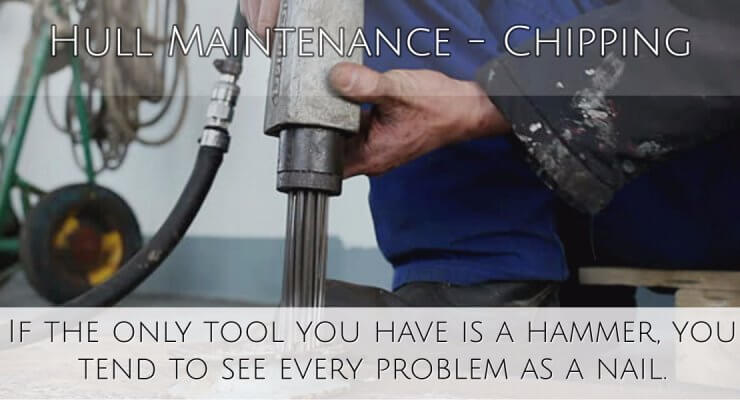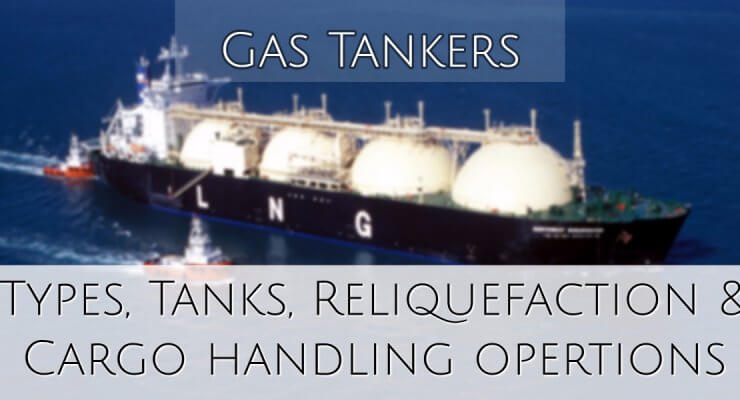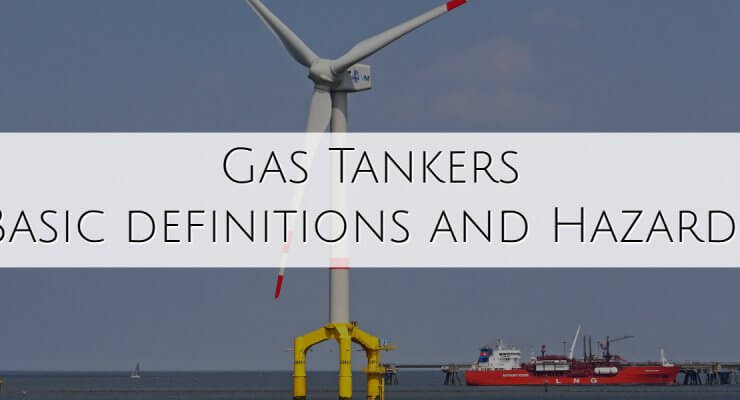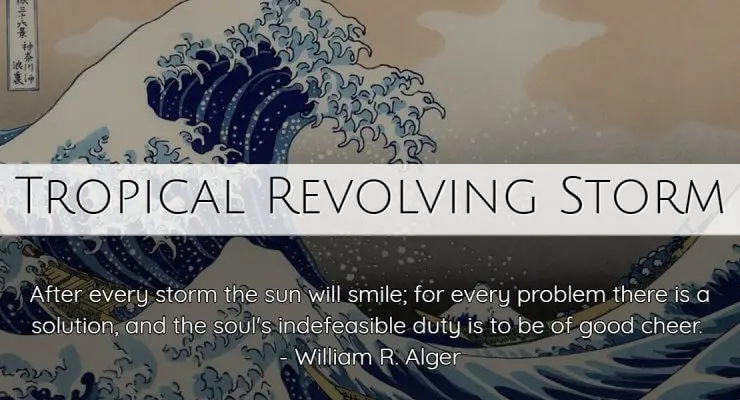Rust Scale removal by chipping, hammering, scaling and painting constitute the major portion of hull maintenance and requires labour and costs. It is important to do chipping properly not to allow rust again in the place where chipping was carried out once.It is better not to remove rust than chipping halfway through What is Chipping? The removal of weld spatter, rust, or old paint from ironwork using a hammer and cold chisel is called chipping. Chipping Tools Air Hammer Air Disc Sander Air Chisel (Jet needle chisel type) Chipping hammer Scraper Wire … [Read more...]
Archives for February 2017
Gas Tanker – Types, Tanks, Reliquefaction & Cargo handling opertions
Different Types of Gas Tanker Ships Gas carriers can be grouped into five different categories according to the cargo carried and the carriage condition. These are as follows:Fully pressurised ships Semi-pressurised ships Ethylene ships Fully refrigerated LPG ships LNG shipsThe first three ship types listed are most suitable for the shipment of smaller-size cargoes of LPG and chemical gases. This is normally accomplished on short-sea and regional routes. Fully refrigerated ships are used extensively for the carriage of large size cargoes of LPG and ammonia on the deep sea … [Read more...]
Gas Tanker Basics – Definitions and Hazards
Transportation of Liquefied Gases by Sea General For economical marine transportation, gas is carried in a liquefied state. As a liquid, the volume to weight ratio at atmospheric pressure is in the range of 650 times less than in the gaseous state. That means we can carry 650 times more cargo in the liquid state as compared to a carriage in the gaseous state.The temperature at which a gas condenses is a function of its pressure. The combination of pressurising and cooling is, therefore, fundamental to gas carrier design. Some ships carry gases liquefied under pressure & others under … [Read more...]
TRS or a Tropical Revolving Storm
TROPICAL REVOLVING STORMS A tropical revolving storm or a TRS is a storm system with a low-pressure centre, around which winds of gale force (34 knots or force 8) or more blow spirally inwards, anticlockwise in the Northern Hemisphere (NH) and clockwise in the Southern Hemisphere (SH).TRS is common in various places in the world, but they can be called as below:“Cyclones” is used in the Bay of Bengal and the Arabian Sea. “Hurricane” is used on the western side of north Atlantic and south Pacific. “Cordonazo” is used on the eastern side of North Pacific. “Typhoon” is used on … [Read more...]



